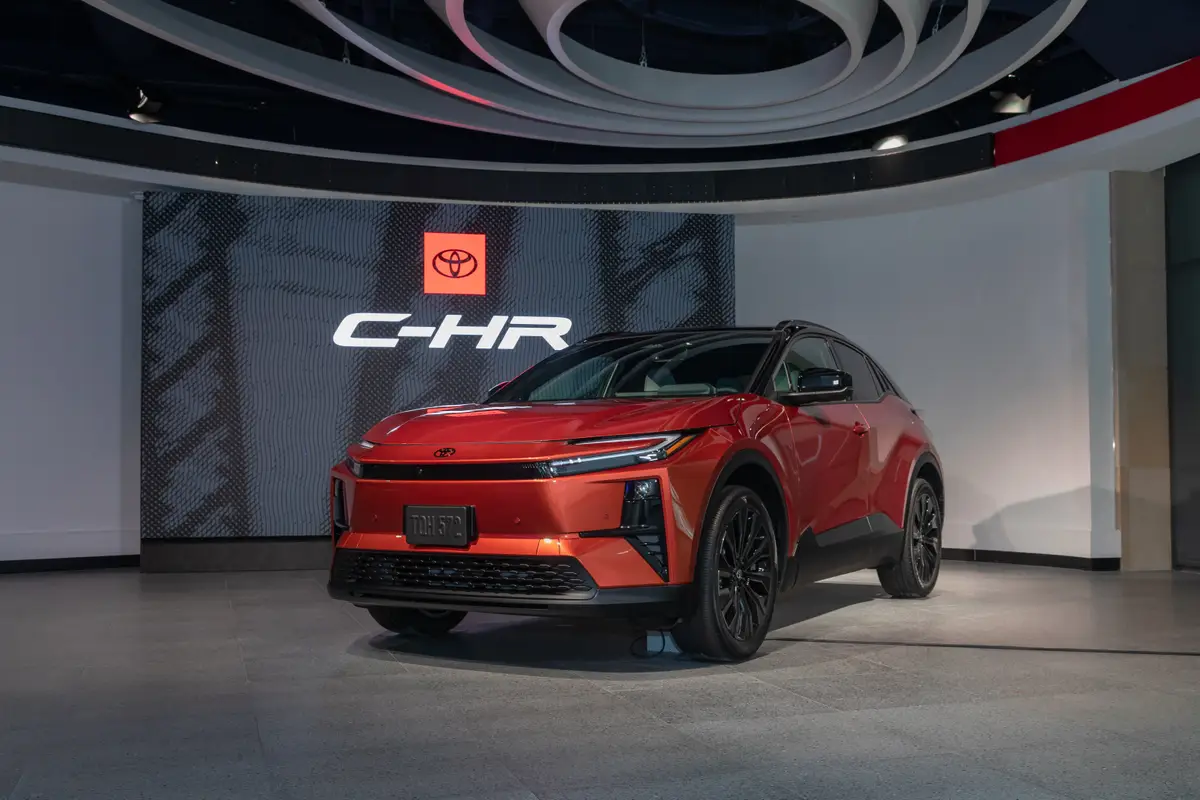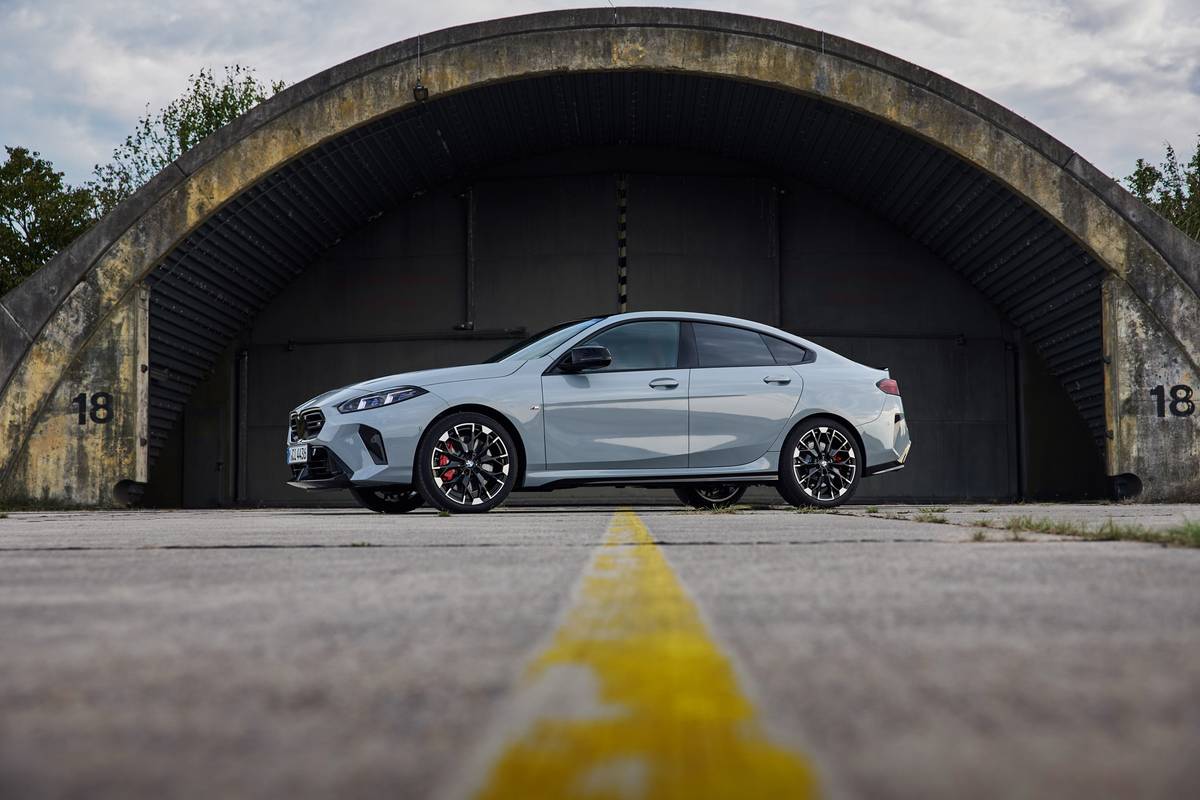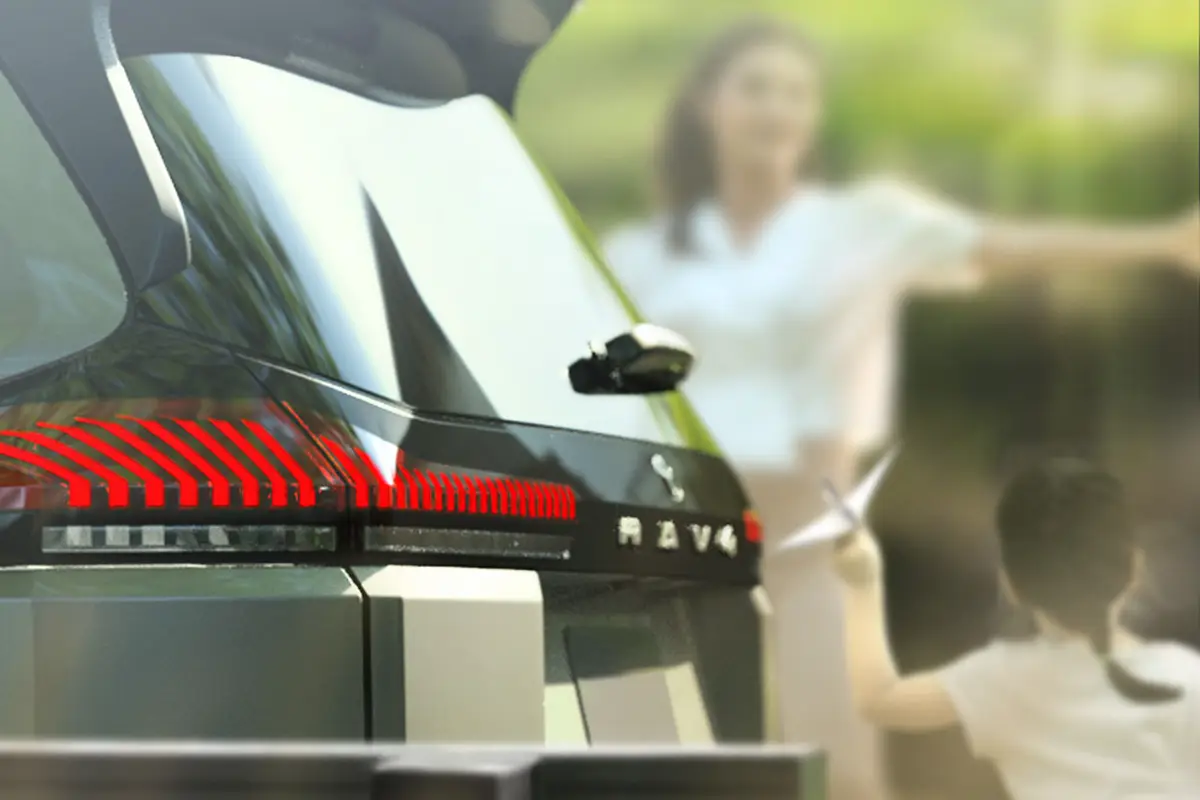Star-Telegram.com's view
The parade of new wagons continued with the introduction this past fall of a new model from Sweden’s Saab.
A vehicle style once declared all-but-dead by the U.S. auto industry has experienced such a revival of late that most automakers have one or more of these square-backed vehicles in their lineups, and more are on the way.
And even though these cars really are wagons, there’s still a great reluctance on the part of the automotive marketers to come right out and call them that.
Euphemisms abound. Chrysler, for instance, calls its Pacifica six-passenger wagon a “sport tourer.” Others call theirs by such names as “liftback,” “five-door,” or “sport activity vehicle.” Saab, now a subsidiary of General Motors Corp., has one of the newest entries on the market, carrying yet another euphemism: It’s the 2006 9-3 SportCombi, which is a five-door version of the 9-3 Sport Sedan.
At a recent GM media event at a hotel adjacent to Texas Motor Speedway, the 9-3 SportCombi was presented to journalists, and the name was perhaps the most unusual thing about this car, which by all measures is surely a wagon.
Audio quality of cell phones being what it is at times, I had trouble telling my spouse what exactly it was that I was testing when she called me from San Antonio as I was out driving the 9-3 SportCombi on the roads around the speedway.
“It’s a Saab 9-3 SportCombi,” I said into my new, high-tech, $450, camera-MP3-TV-Web-enabled Sprint phone.
“A Sport-Commie?” she asked, incredulous. “They would call a car a Commie?”
“No, no, a SportCombi,” I said again into my phone. “C-O-M-B-I.”
“A what?” she replied. “What’s that supposed to mean?”
“Exactly,” I replied. “It’s a station wagon, OK?”
“Well, why don’t they just call it that?” she asked.
I really had no answer to that, and I still don’t.
But whatever they call it, it’s a very nice car — a practical alternative to the big SUVs that have lost some of their luster in light of gasoline prices over $2 a gallon.
And if marketing the SportCombi successfully to fickle U.S. consumers requires calling it something other than a wagon, then so be it.
This concept isn’t limited to wagons. Last year, GM stopped calling its minivans by that name, instead referring to them as “sport vans.” Apparently the minivan is falling into disfavor with American consumers the way the station wagon did about the time the minivan craze began in the mid-80s.
In Europe, wagons and hatchbacks are the most-popular vehicles, and the smaller the better. The problem here is that we’ve been spoiled by our big SUVs and pickups that put us up over the rest of the traffic and give us a feeling of superiority over people driving little cars.
With the rising gas prices, though, the drivers of those little cars are having the last laugh, it seems. So wagons are catching on again, although we might never see them become quite as popular as they are in Europe.
And American consumers probably won’t ever embrace the really small ones. Those are almost necessary in Europe, where ancient city streets are so narrow and parking places are at a premium. The SportCombi isn’t one of those small ones. It’s based on the also very nice 9-3 sedan, which since its introduction four years ago has become Saab’s best-selling U.S. model.
This is a car that was designed for U.S. roads and drivers, and gives consumers an upscale yet affordable alternative to cookie-cutter family cars such as the Honda Accord and Toyota Camry. The SportCombi offers an alternative to some of those crossover SUVs made from cars such as the Accord and Camry — the Honda Pilot and Toyota Highlander, for example.
With a base price of $27,620 (including freight), the SportCombi is priced about the same as a Highlander. Yet it is a premium automobile in the vein of an entry level Lexus or Acura. The price is about $3,000 less than that of the Audi A4 Avant, one of the SportCombi’s nearest two competitors; the other is the Volvo V50 wagon.
Fuel economy is one of this Saab’s strongest points, of course. EPA estimates are 22 miles per gallon in the city and 31 mpg on the highway with the SportCombi’s turbocharged, 2.0-liter, inline four-cylinder engine. It turns out 210 horsepower and 221 foot-pounds of torque.
A four-cylinder Highlander has just 160 horsepower, and EPA estimates of 22 city/27 highway. Most Americans would consider it to be underpowered, but moving up to the 230-horsepower V-6 Highlander brings poorer fuel economy ratings — 18 city/24 highway.
With its lower weight, the SportCombi has as much zip with its four-cylinder as the Highlander does with its V-6.
The SportCombi seats five people quite comfortably, has a cushy ride, and offers decent cargo capacity. But it still handles more like a sports coupe than any SUV or traditional wagon.
The car actually is so much fun that you can easily forget you’re driving a practical vehicle that can haul the kids and their soccer gear all over town.
This is the first Saab in the midsize wagon segment, and it follows Saab’s introduction five years ago of the larger 9-5 Sport Wagon, which was the first wagon in the Saab lineup in 25 years.
Standard in the base model is a five-speed manual transmission, which driving enthusiasts will prefer in this car.
But for those who have to deal with rush-hour stop-and-go traffic, Saab has provided an optional five-speed automatic ($1,350) to go with the 2.0-liter engine.
Those who want more performance can upgrade to the Aero model ($33,620, including freight). It comes with a turbocharged 2.8-liter V-6 engine rated at 250 horsepower and 258 foot-pounds of torque, enough power to push this vehicle along like a sports car. Standard with the Aero is a six-speed manual, which makes this car a lot of fun. Optional is a six-speed automatic.
The Aero’s EPA ratings are 18 mpg in the city and 28 highway, still well above SUVs with this much power.
Both automatic transmissions have manual-shift function, which allows the driver to choose when to shift, but without the nuisance of a clutch.
A long list of amenities is included in the base price of the SportCombi, including leather seats, power rack-and-pinion steering, antilock brakes, traction control, electronic stability control, automatic climate control, power windows/mirrors/door locks (with remote), leather-wrapped steering wheel with audio controls, wood-effect interior trim, and cruise control.
Also on all models are projector-beam halogen headlights, rear defogger, alarm system, cabin air filter, multi-function driver-information center, heated outside mirrors, tilt and telescopic steering column, 150-watt AM/FM/compact-disc stereo, center armrest with 12-volt power outlet, daytime running lights, and rear fog lights.
The rear seat is a 60/40 split-folding bench, which allows for loading more cargo when you don’t need the rear seat for passengers.
Among available options are a power moon roof ($1,200), and heated front seats and headlight washer nozzles ($550). A premium package ($1,895) on the base model includes such extras as front fog lights, Xenon headlights, 300-watt audio system with six-disc CD changer, red walnut interior trim, and more.
The four-cylinder model I drove had all of the above options, including the five-speed automatic, and the sticker totaled $33,165, including freight.
– – –
G. Chambers Williams III is staff automotive columnist for the San Antonio Express-News and former transportation writer for the Star-Telegram. His automotive columns have appeared regularly in the Star-Telegram since 1995. Contact him at (210) 250-3236; chambers@star-telegram.com.
– – –
2006 Saab 9-3 SportCombi
The basics: This is an all-new, entry level, premium midsize wagon based on the popular Saab 9-3 Sport Sedan.
Under the hood: The base engine is a turbocharged, 2.0-liter inline four-cylinder, rated at 210 horsepower and 221 foot-pounds of torque. The uplevel engine is a turbocharged, 2.8-liter V-6, with 250 horsepower and 258 foot-pounds of torque. Manual and automatic transmissions are offered.
Available models: Base and top-of-the-line Aero, which comes with the V-6.
Fuel economy: EPA ratings are 22 miles per gallon city/31 highway with the four-cylinder engine; with the V-6, 18 city/27 highway.
On-sale date: These cars are on their way to dealers now.
The prices: Base model: $27,620 (including freight); Aero: $33,620, plus options.
Latest news



